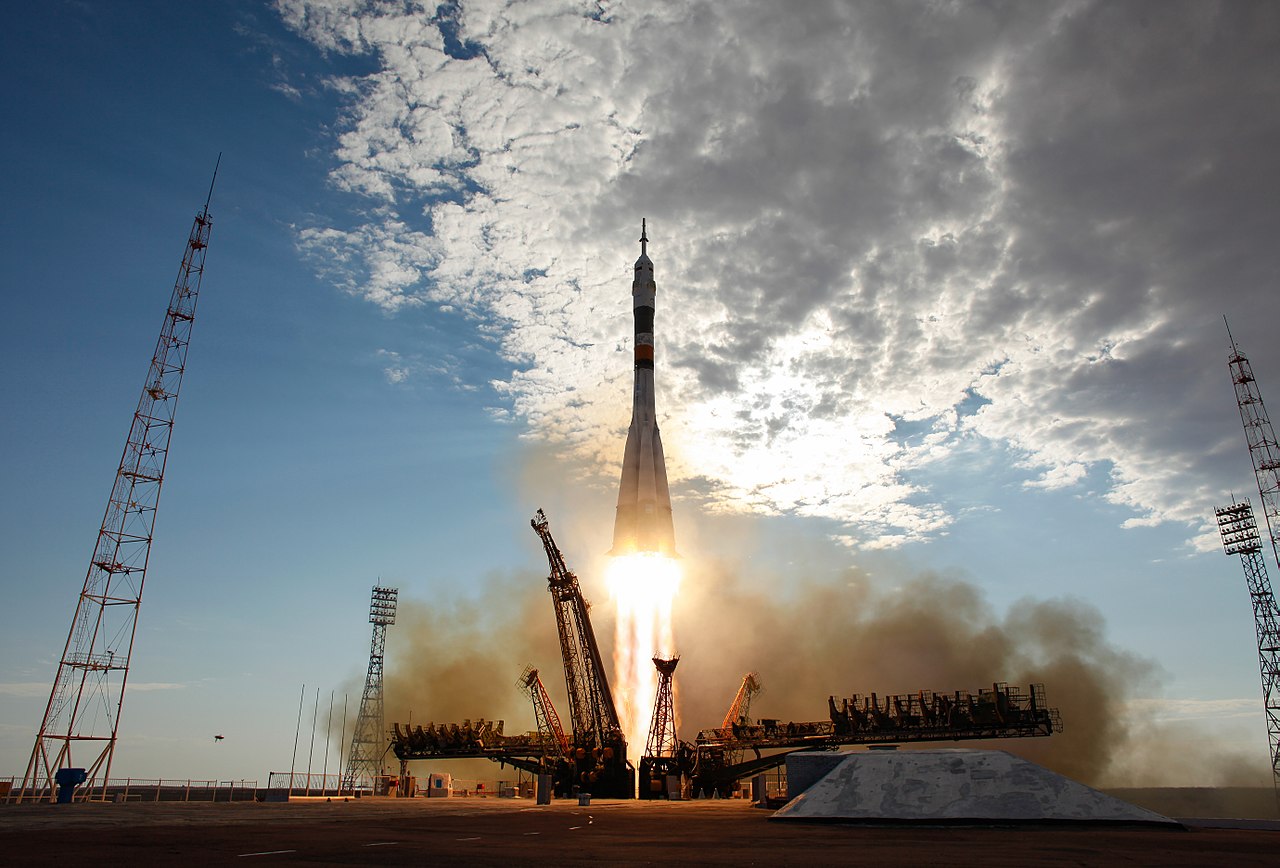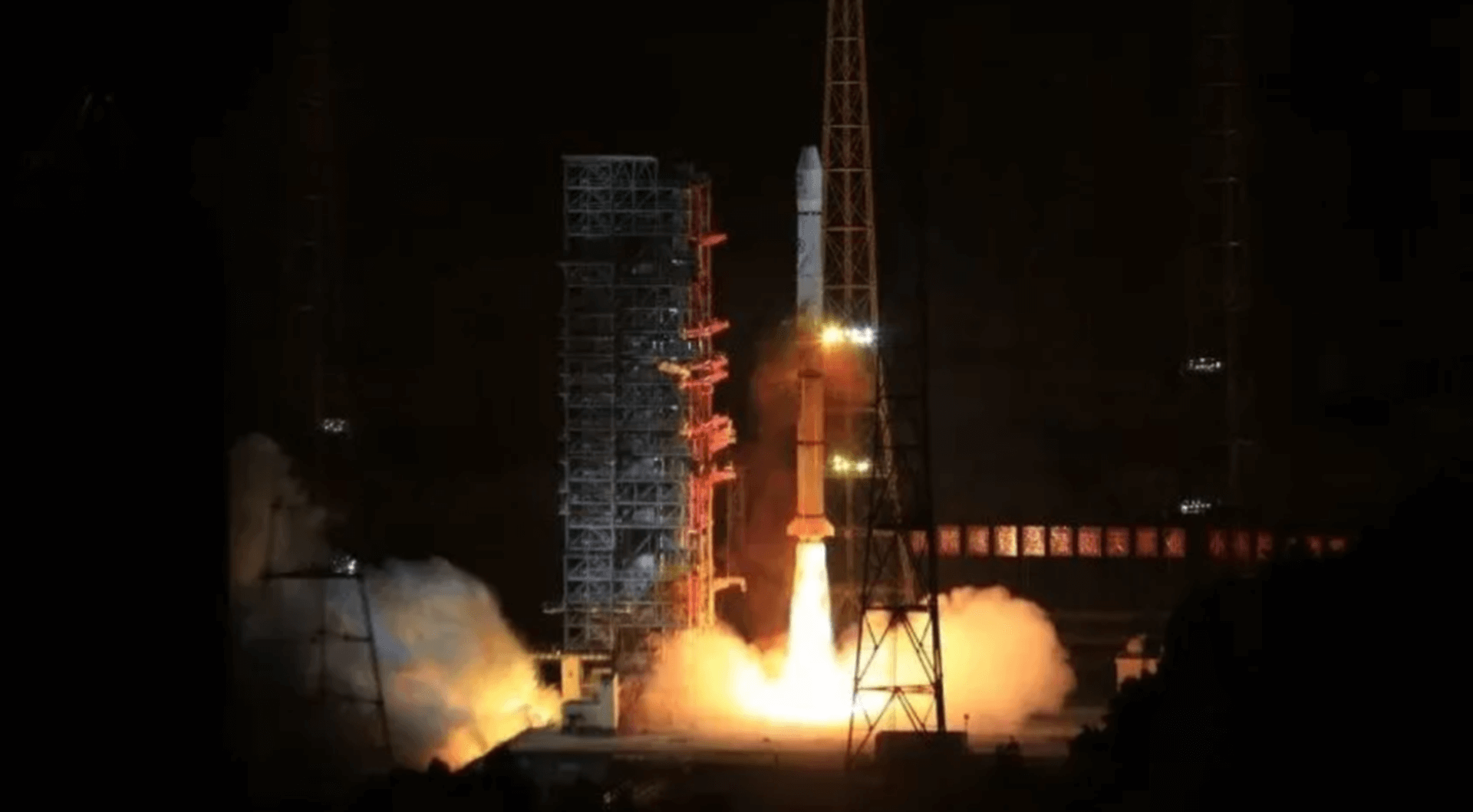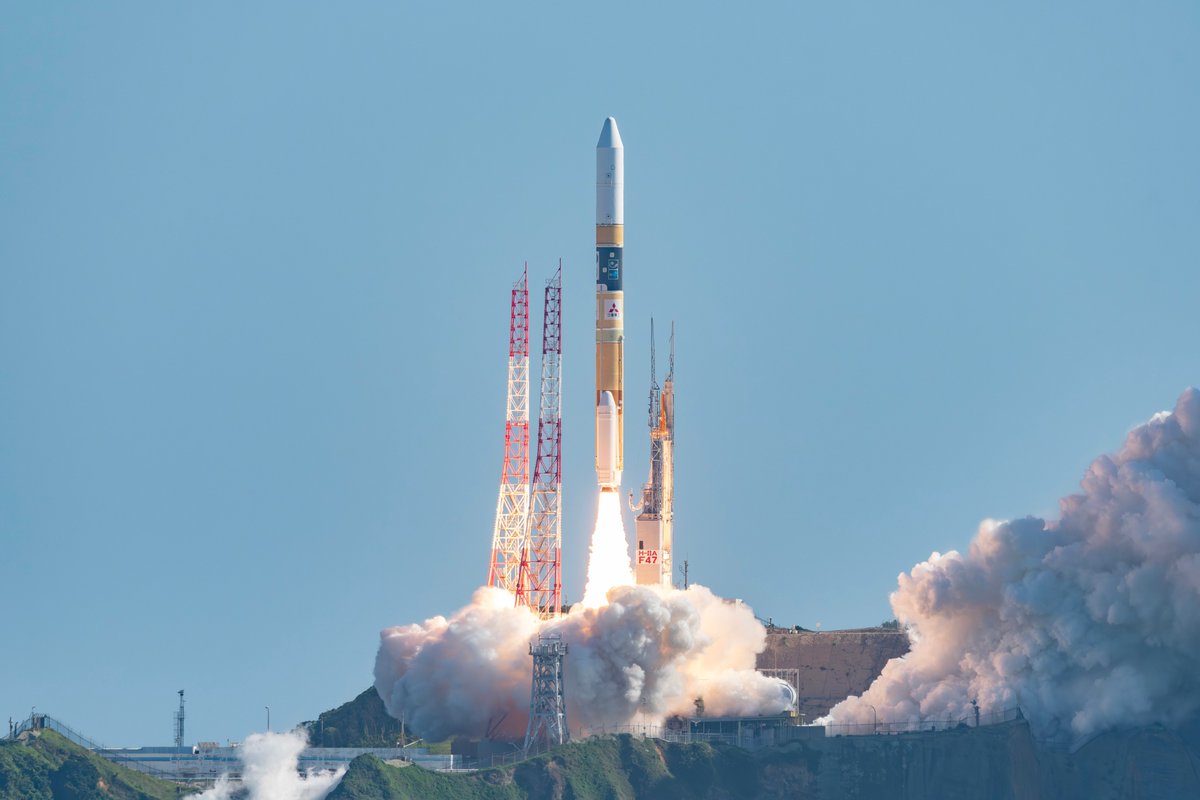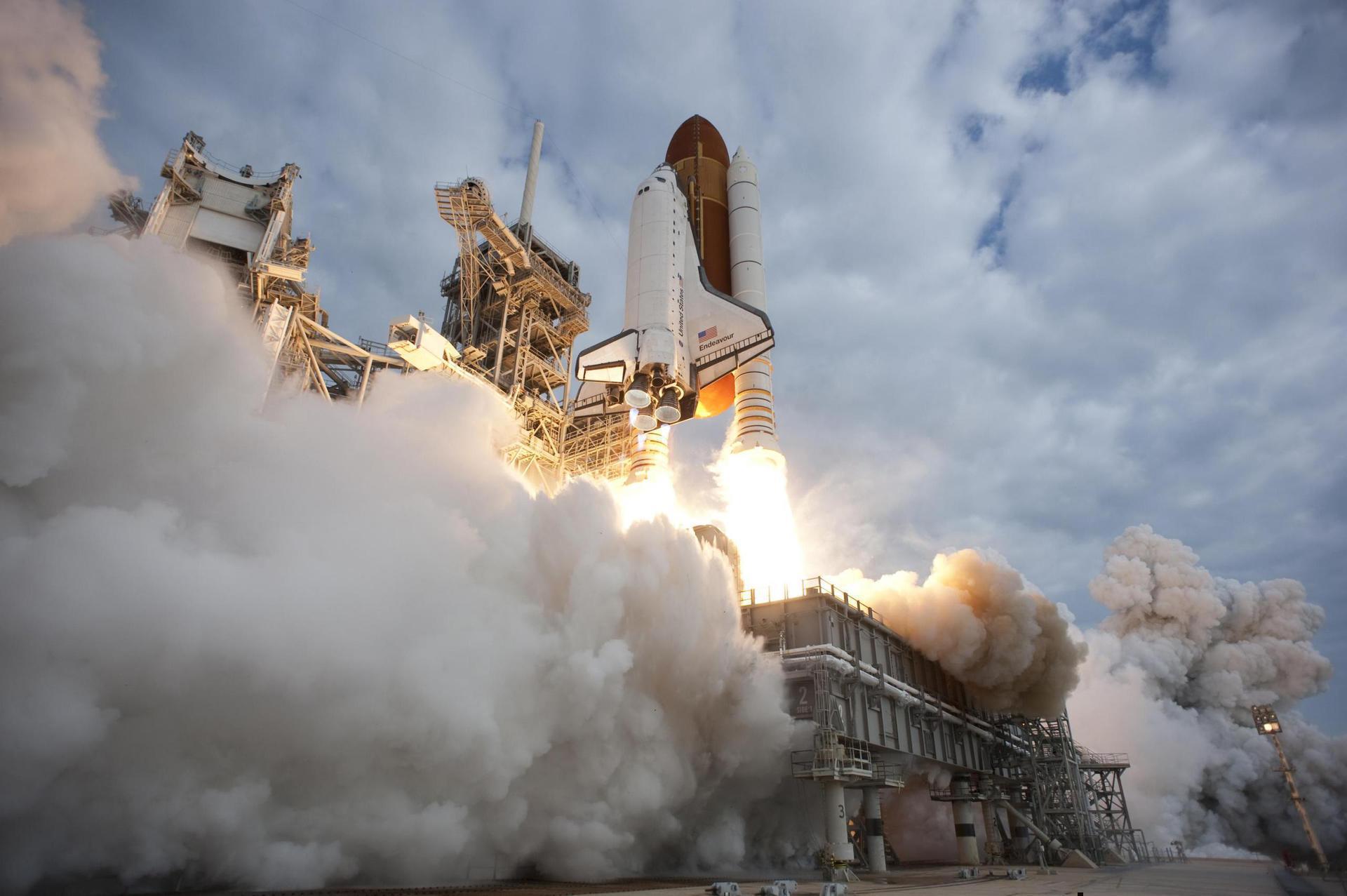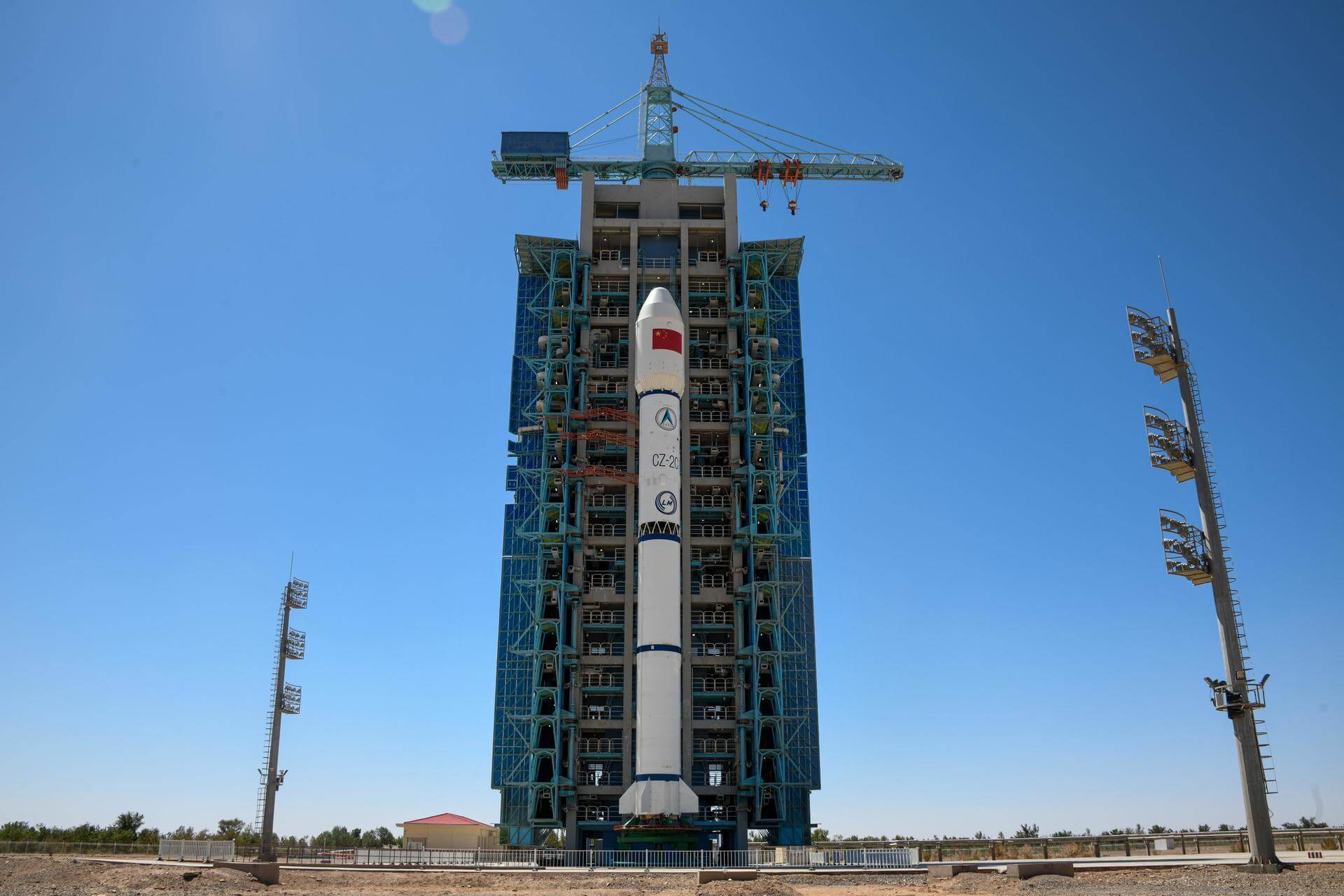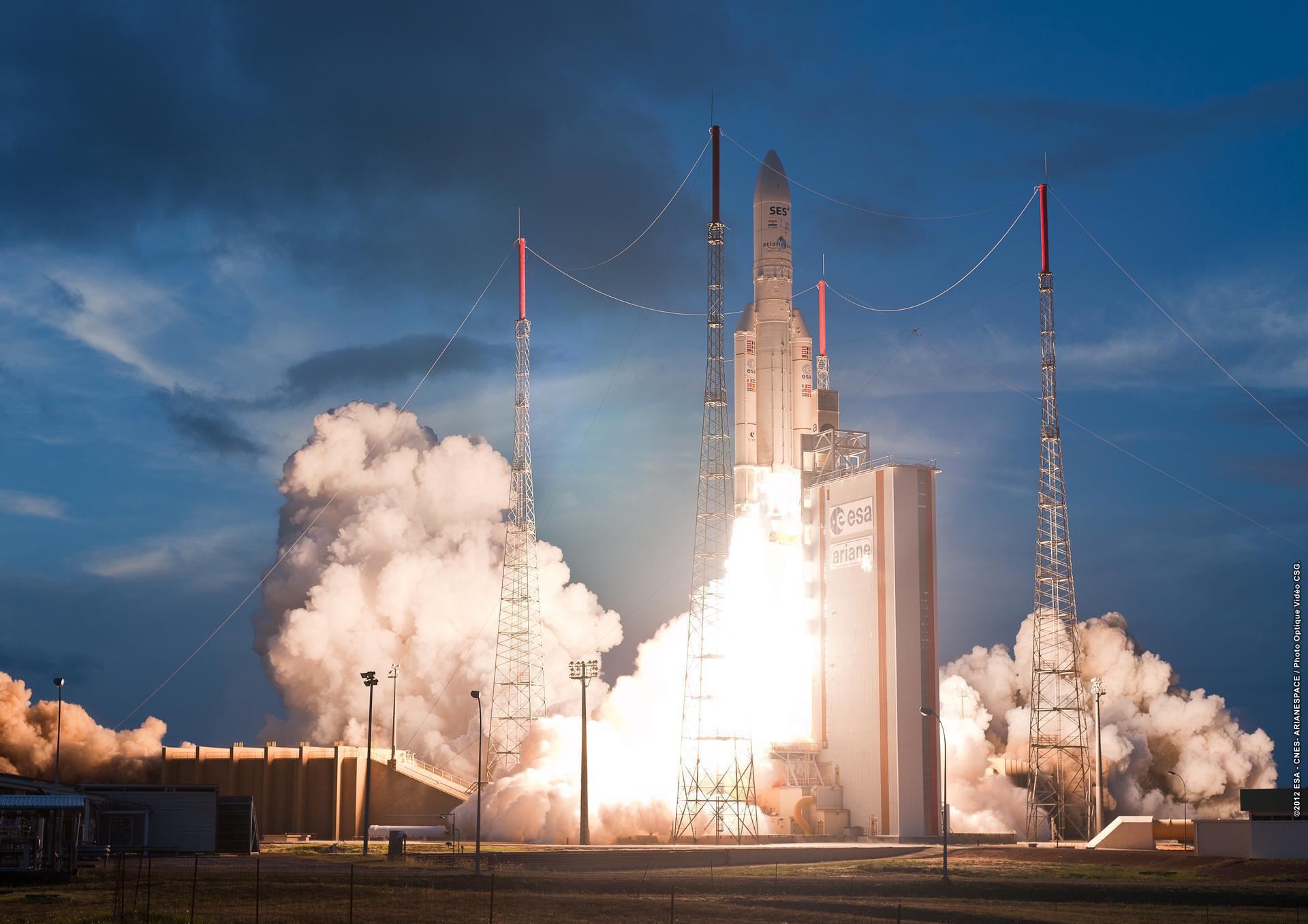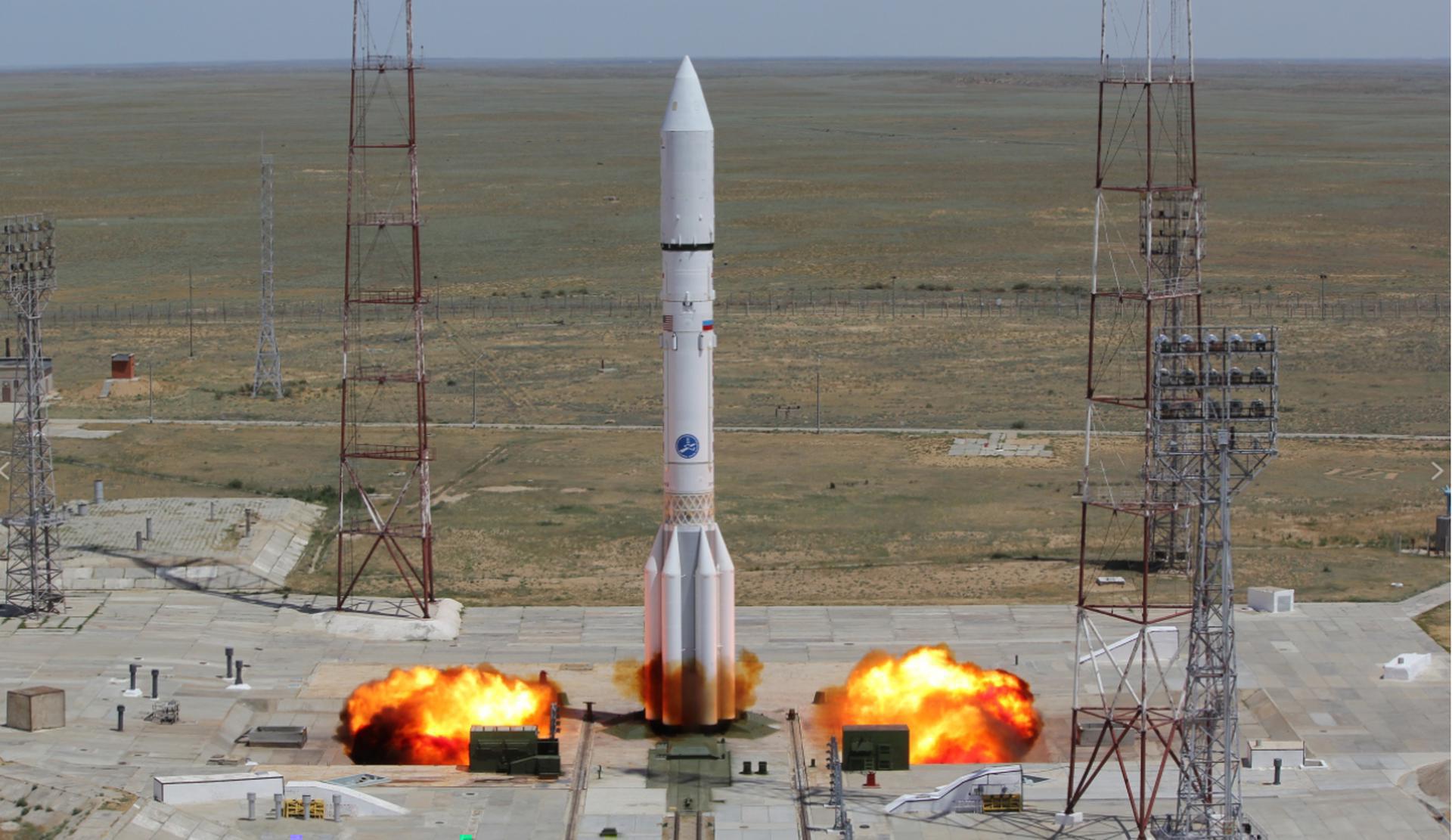Previous Spaceflight Launches
Filter by Agency, Locations or Vehicles
Show All LaunchesM-V | Hinode
IHI Corporation | JapanUchinoura Space Center, Japan
Sept. 22, 2006, 9:36 p.m.
Soyuz-FG | Soyuz TMA-9
Progress Rocket Space Center | RussiaBaikonur Cosmodrome, Republic of Kazakhstan
Sept. 18, 2006, 4:08 a.m.
Status: Launch Successful
Mission:
Soyuz TMA-9 begins Expedition 14 by carrying 3 astronauts and cosmonauts to the International Space Station. Russian Commander, cosmonaut Mikhail Tyurin alongside Flight Engineers, Michael López-AlegrÃa (NASA) & spaceflight participant Anousheh Ansari (Space Adventures) will launch aboard the Soyuz spacecraft from the Baikonur Cosmodrome in Kazakhstan and then rendezvous with the station. It landed on 21 April 2007, 12:31 UTC
Low Earth OrbitSoyuz-U-PVB | Orlets-1 8
Progress Rocket Space Center | RussiaBaikonur Cosmodrome, Republic of Kazakhstan
Sept. 14, 2006, 1:41 p.m.
Long March 3A | Zhongxing 22A
China Aerospace Science and Technology Corporation | ChinaXichang Satellite Launch Center, People's Republic of China
Sept. 12, 2006, 4:02 p.m.
H-IIA 202 | IGS Optical 2
Mitsubishi Heavy Industries | JapanTanegashima Space Center, Japan
Sept. 11, 2006, 4:35 a.m.
Status: Launch Successful
Mission:
The IGS-Optical (Intelligence Gathering Satellite), built by Mitsubishi Electric (MELCO), is an optical reconnaissance satellite with a projected life of 5 years. The satellite will be operated by the Cabinet Satellite Information Center. The 850 kg IGS-Optical 1 is equipped with an optical sensor. The resolution is probably about 1 meter. The satellite serves both Japan's national defense and civil natural disaster monitoring.
Sun-Synchronous OrbitSpace Shuttle Atlantis / OV-104 | STS-115
National Aeronautics and Space Administration | United States of AmericaKennedy Space Center, FL, USA
Sept. 9, 2006, 3:14 p.m.
Status: Launch Successful
Mission:
STS-115 was a Space Shuttle mission to the International Space Station (ISS) flown by Space Shuttle Atlantis. It was the first assembly mission to the ISS after the Columbia disaster, following the two successful Return to Flight missions, STS-114 and STS-121. STS-115 launched from Pad 39-B at the Kennedy Space Center on 9 September 2006 at 11:14:55 EDT (15:14:55 UTC). The mission is also referred to as ISS-12A by the ISS program. The mission delivered the second port-side truss segment (ITS P3/P4), a pair of solar arrays (2A and 4A), and batteries. A total of three spacewalks were performed, during which the crew connected the systems on the installed trusses, prepared them for deployment, and did other maintenance work on the station.
Low Earth OrbitLong March 2C | Shi Jian 8
China Aerospace Science and Technology Corporation | ChinaJiuquan Satellite Launch Center, People's Republic of China
Sept. 9, 2006, 7 a.m.
Status: Launch Successful
Mission:
SJ 8 (Shijian 8) is a recoverable satellite based on the FSW type reentry vehicle, which is used to expose 215 kilograms of seeds of plants and fungus to the space environment. It was recovered after several weeks. Once the space-bred seeds are recovered, the Ministry of Agriculture organized research institutions to develop new seeds featuring high yield, good quality and high efficiency.
Low Earth OrbitZenit | Mugunghwa 5
Sea Launch | RussiaSea Launch
Aug. 22, 2006, 3:27 a.m.
Status: Launch Successful
Mission:
Koreasat 5 is South Korea's first combined civil and military communications satellite. The military part of the satellite is known as ANASIS 1 (Army/Navy/Air Force Satellite Information System 1). Alcatel Space supplied both the multimission satellite and its ground control system, along with launch and early operations phase (LEOP) support. Based on the new-generation Spacebus-4000C1 platform from Alcatel Space, Koreasat 5 features a state-of-the-art broadband payload, including new technologies developed within the scope of the Syracuse III program.
Geostationary OrbitAriane 5 ECA | JCSAT-10 & Syracuse 3B
ArianeGroup | FranceGuiana Space Centre, French Guiana
Aug. 11, 2006, 10:15 p.m.
Status: Launch Successful
Mission:
JCSAT-10 is a geostationary communications satellite operated by SKY Perfect JSAT Group (JSAT). Syracuse 3A is a powerful communication satellite for the French Ministry of Defence. Galaxy 15 is a PanAmSat telecommunications satellite operating at 133 degrees West, used to provide communications to North America.
Geostationary Transfer OrbitProton-M Briz-M | Hot Bird 8
Khrunichev State Research and Production Space Center | RussiaBaikonur Cosmodrome, Republic of Kazakhstan
Aug. 4, 2006, 9:48 p.m.
Status: Launch Successful
Mission:
Hotbird 8's mission is to replace existing Hotbird capacity and to join Hot Bird 7A in bringing in-orbit sparing to a level where 13° East can maintain its reputation as one of the most secure multi-satellite video neighbourhoods. The satellite has been designed to cover all 102 Ku-band transponders/frequencies at 13° East which means that it can substitute any transponder on the other Hotbird satellites.
Geostationary Orbit
